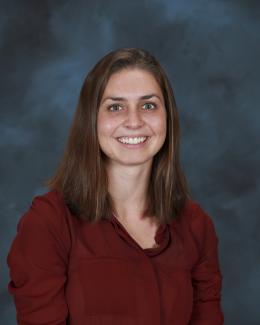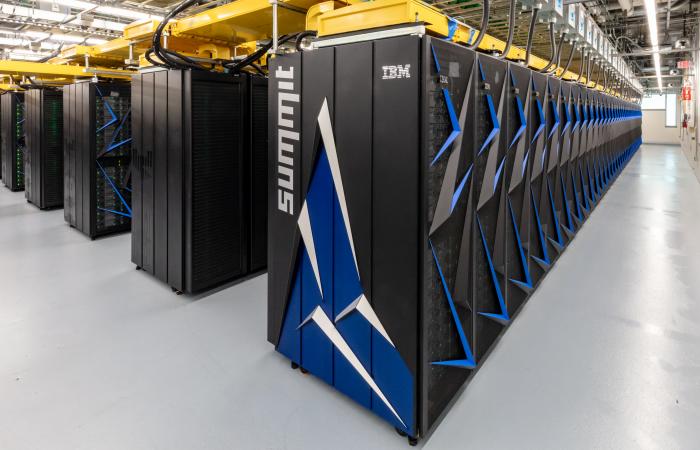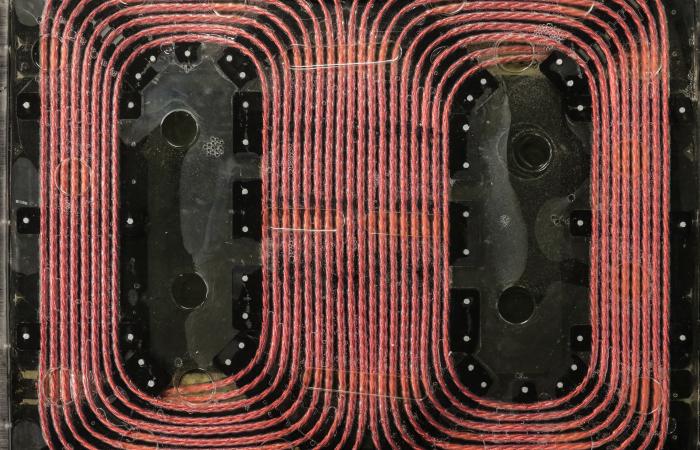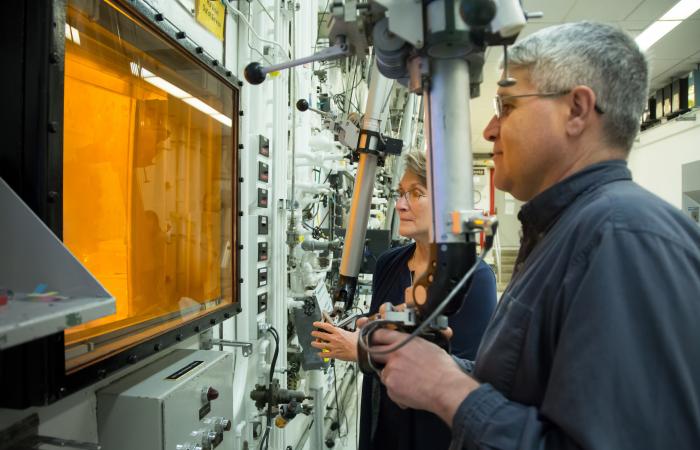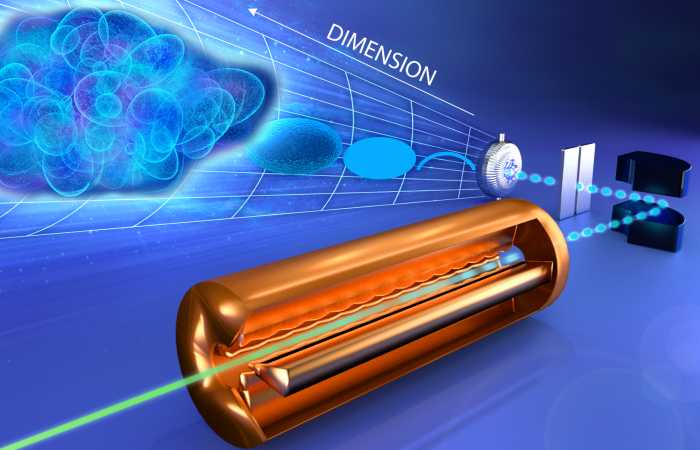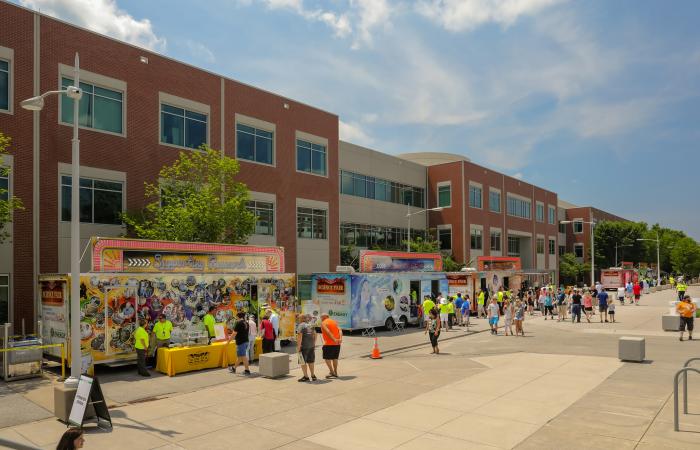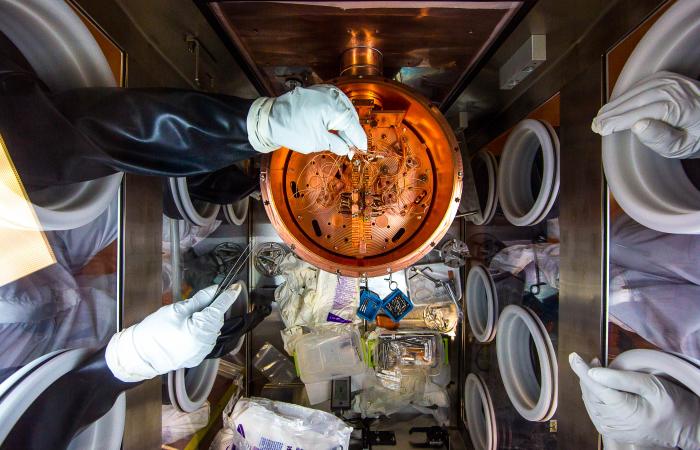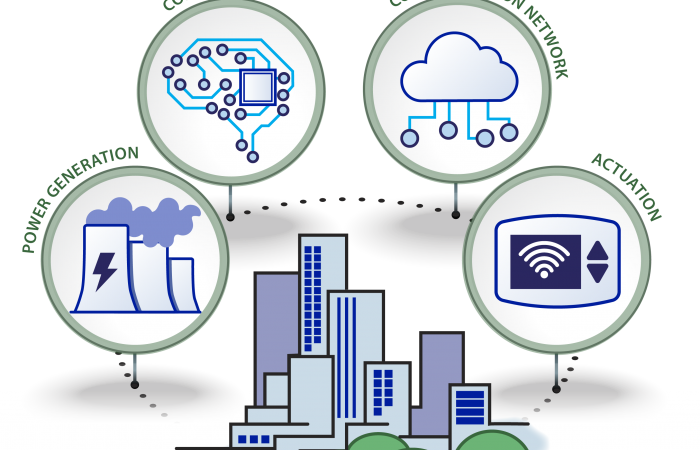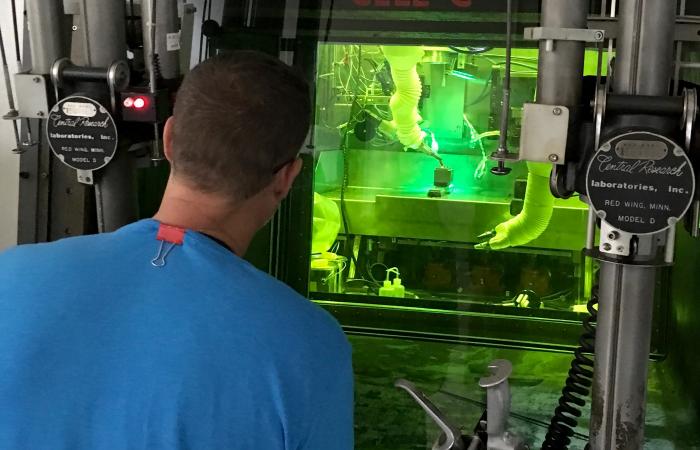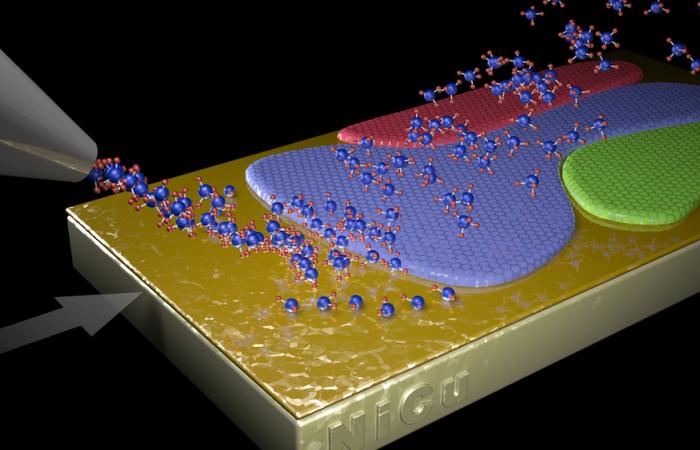ORNL advances science, technology in 75th anniversary year
December 31, 2018 — 2018 was an eventful and historic year for the Department of Energy’s Oak Ridge National Laboratory, marking 75 years since its creation as part of the World War II Manhattan Project.
This roundup of the lab’s 10 most-read news items in 2018 reflects how the lab’s mission has evolved and diversified to include world-leading research and development in computing, transportation, isotope production, physics, neutron science, materials science and grid technology, among many other disciplines. Read on for a glimpse of the lab’s scientific and technological accomplishments in 2018:
ORNL launches Summit supercomputer
ORNL unveiled Summit as the world’s most powerful and smartest scientific supercomputer on June 8. With a peak performance of 200,000 trillion calculations per second—or 200 petaflops—Summit earned the No. 1 ranking on the TOP500 list. ORNL researchers put Summit through its paces, garnering ACM’s Gordon Bell prize for a genomics code that was first in the world to break the exascale barrier.
ORNL demonstrates 120-kilowatt wireless charging for vehicles
Researchers at ORNL demonstrated a 120-kilowatt wireless charging system for vehicles—providing six times the power of previous lab technology and a big step toward charging times that rival the speed and convenience of a gas station fill-up. The wireless system transfers 120 kilowatts of power with 97 percent efficiency, which is comparable to conventional, wired high-power fast chargers.
Nuclear physicists leap into quantum computing with first simulations of atomic nucleus
Scientists at ORNL are the first to successfully simulate an atomic nucleus using a quantum computer. The results demonstrate the ability of quantum systems to compute nuclear physics problems and serve as a benchmark for future calculations. In the future, quantum computations of complex nuclei could unravel important details about the properties of matter, the formation of heavy elements, and the origins of the universe.
ORNL ramps up production of key radioisotope for cancer-fighting drug
ORNL is now producing actinium-227 (Ac-227) to meet projected demand for a highly effective cancer drug through a 10-year contract between the U.S. DOE Isotope Program and Bayer. Xofigo (radium Ra-223 dichloride) is used to treat prostate cancer that no longer responds to hormonal or surgical treatment that lowers testosterone.
UT-ORNL team makes first particle accelerator beam measurement in six dimensions
The first full characterization measurement of an accelerator beam in six dimensions will advance the understanding and performance of current and planned accelerators around the world. A team of researchers led by the University of Tennessee, Knoxville conducted the measurement in a beam test facility at ORNL using a replica of the Spallation Neutron Source’s linear accelerator, or linac.
ORNL marks 75th anniversary with Lab Day
ORNL welcomed the public June 9 to its Lab Day, marking the laboratory’s 75th anniversary with exhibits, science talks, tours, music and food. Approximately 4,500 attendees experienced ORNL's Traveling Science Fair exhibits, toured facilities including the High Flux Isotope Reactor, Spallation Neutron Source, Oak Ridge Leadership Computing Facility, Historic Graphite Reactor Museum and the Building Technologies Research and Integration Center.
Underground neutrino experiment sets the stage for deep discovery about matter
Collaborators of the MAJORANA DEMONSTRATOR, an experiment led by ORNL, have shown they can shield a sensitive, scalable 44-kilogram germanium detector array from background radioactivity. This accomplishment is critical to developing and proposing a much larger future experiment—with approximately a ton of detectors—to study the nature of neutrinos. These electrically neutral particles interact only weakly with matter, making their detection exceedingly difficult.
ORNL scientists have devised a method to control the heating and cooling systems of a large network of buildings for power grid stability—all while ensuring the comfort of occupants. This control architecture can manage a fleet of heating, ventilation and air conditioning systems, which could allow utilities to harness the demand from a city’s worth of buildings to help balance the power grid.
Researchers run first tests of unique system for welding highly irradiated metal alloys
Scientists of the Department of Energy’s Light Water Reactor Sustainability Program and partners from the Electric Power Research Institute have conducted the first weld tests to repair highly irradiated materials at ORNL. The welding system, designed and installed in a hot cell at ORNL’s Radiochemical Engineering Development Center, safely encloses equipment for laser and friction-stir welding. It will allow researchers to advance welding technologies for repair of irradiated materials by developing processing conditions and evaluating post-weld materials properties.
Method to grow large single-crystal graphene could advance scalable 2D materials
A new method to produce large, monolayer single-crystal-like graphene films more than a foot long relies on harnessing a “survival of the fittest” competition among crystals. The novel technique, developed by a team led by ORNL, may open new opportunities for growing the high-quality two-dimensional materials necessary for long-awaited practical applications.
ORNL is managed by UT–Battelle for DOE’s Office of Science, the single largest supporter of basic research in the physical sciences in the United States. DOE’s Office of Science is working to address some of the most pressing challenges of our time. For more information, please visit https://energy.gov/science/.
